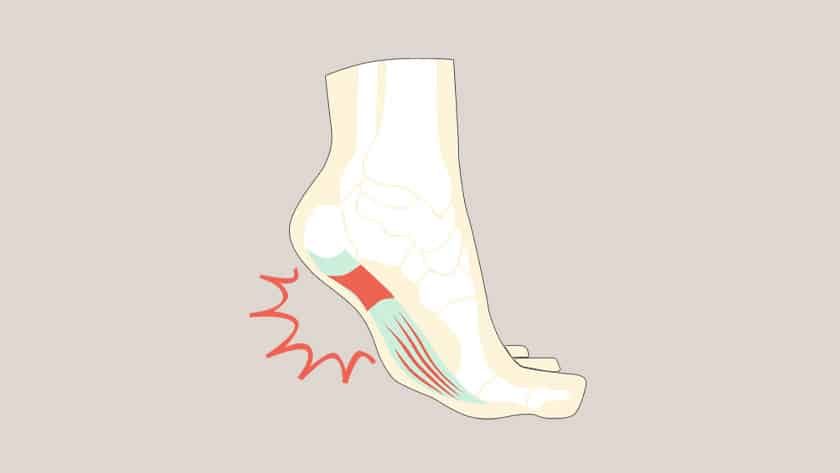
Plantar fasciitis (PLAN-tur fas-e-I-tis) causes pain in the heel common to people of ages 40 to 60. It is due to a strain on the thick band of tissue connecting the heel to the front of our foot (plantar fascia).
Still curious? Click here to find more about what plantar fasciitis is.
Medical Treatment for Plantar fasciitis
Treatment options include rest, stretching, strengthening, change of shoes, arch supports, orthotics, night splints, anti-inflammatory agents, and surgery. Plantar fasciitis medications are usually successful, depending on an individual’s risk factors and preferences.
- Rest
- Pain Relievers
- Therapies
- Surgical or other procedures
Rest
Most people who are experiencing plantar fasciitis recover in several months. With conservative treatment that includes resting, icing the painful area, and stretching.
Pain Relievers
Pain relievers like ibuprofen (Advil, Motrin IB, others) and naproxen sodium (Aleve) may ease the inflammation and pain.
Therapies
Stretching exercises and using special devices may also relieve symptoms. They include physical therapy, night splints, and orthotics.
Surgical or other procedures
In severe cases, doctors might recommend injecting steroid medication, extracorporeal shock wave therapy, and ultrasonic tissue repair. Few people undergo surgery to detach the plantar fascia from the heel bone. It is generally an option only when the pain is severe, and other treatments have failed.
Still curious? Click here to find more medical treatments for plantar fasciitis.
What do the experts say?
Dr. Daniel Kiddy says that CBD could be an effective treatment for plantar fasciitis.
Medical studies suggest that CBD is an effective treatment for plantar fasciitis.
